You are browsing the full text of the article: The Fine Arts Exhibition
Click here to go back to the list of articles for
Volume: 1899 of Figaro Exposition
| Figaro Exposition Year 1899 Page: 77 | |||||||||||||||||||||||||||||||||
| The Fine Arts Exhibition By Philippe Gille | |||||||||||||||||||||||||||||||||
|
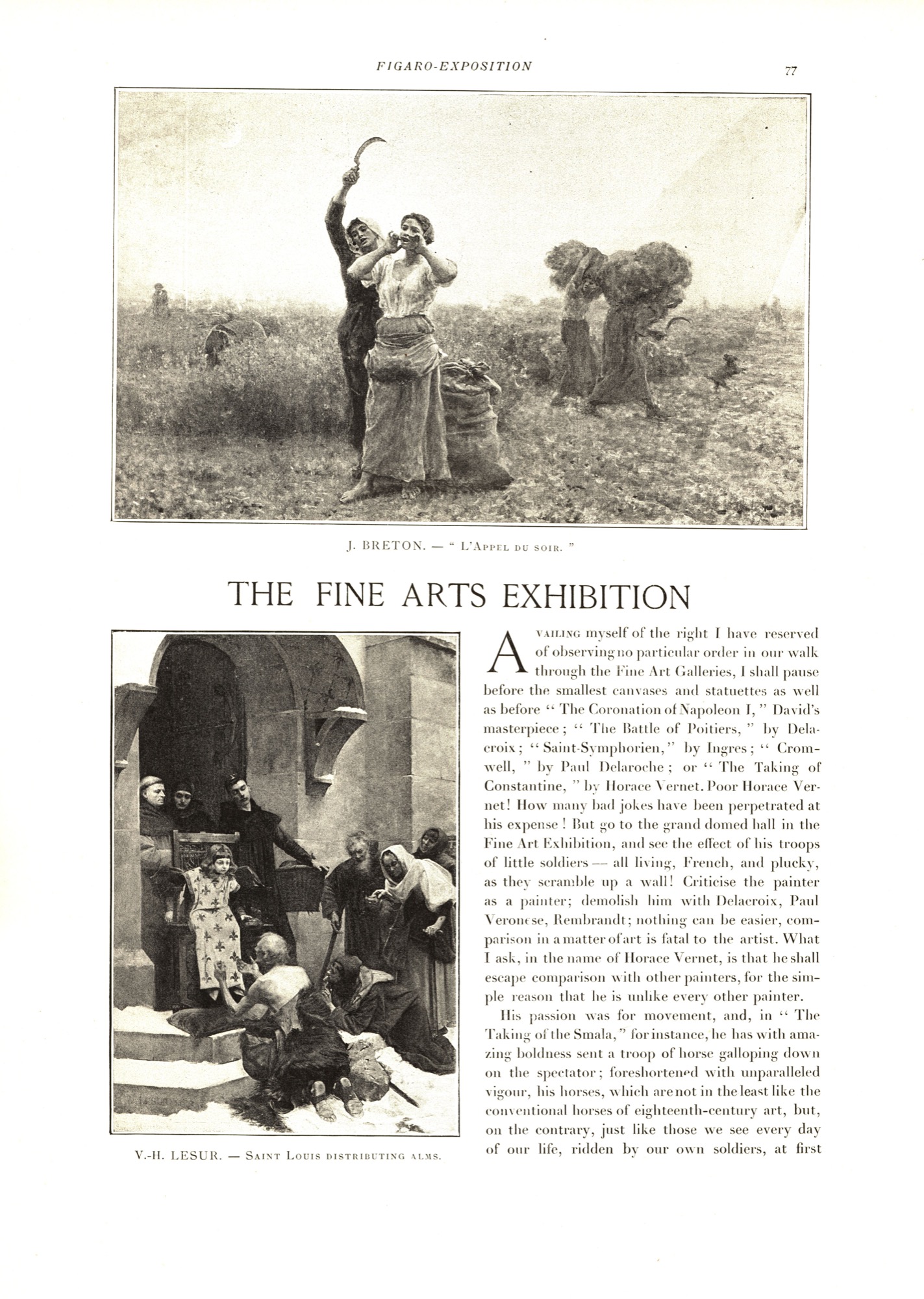
|
|
|||||||||||||||||||||||||||||||
| Figaro Exposition Year 1899 Page: 78 | |||||||||||||||||||||||||
| The Fine Arts Exhibition By Philippe Gille | |||||||||||||||||||||||||
|

|
||||||||||||||||||||||||
| Figaro Exposition Year 1899 Page: 79 | |||||||||||||||||||||||||
| The Fine Arts Exhibition By Philippe Gille | |||||||||||||||||||||||||
|
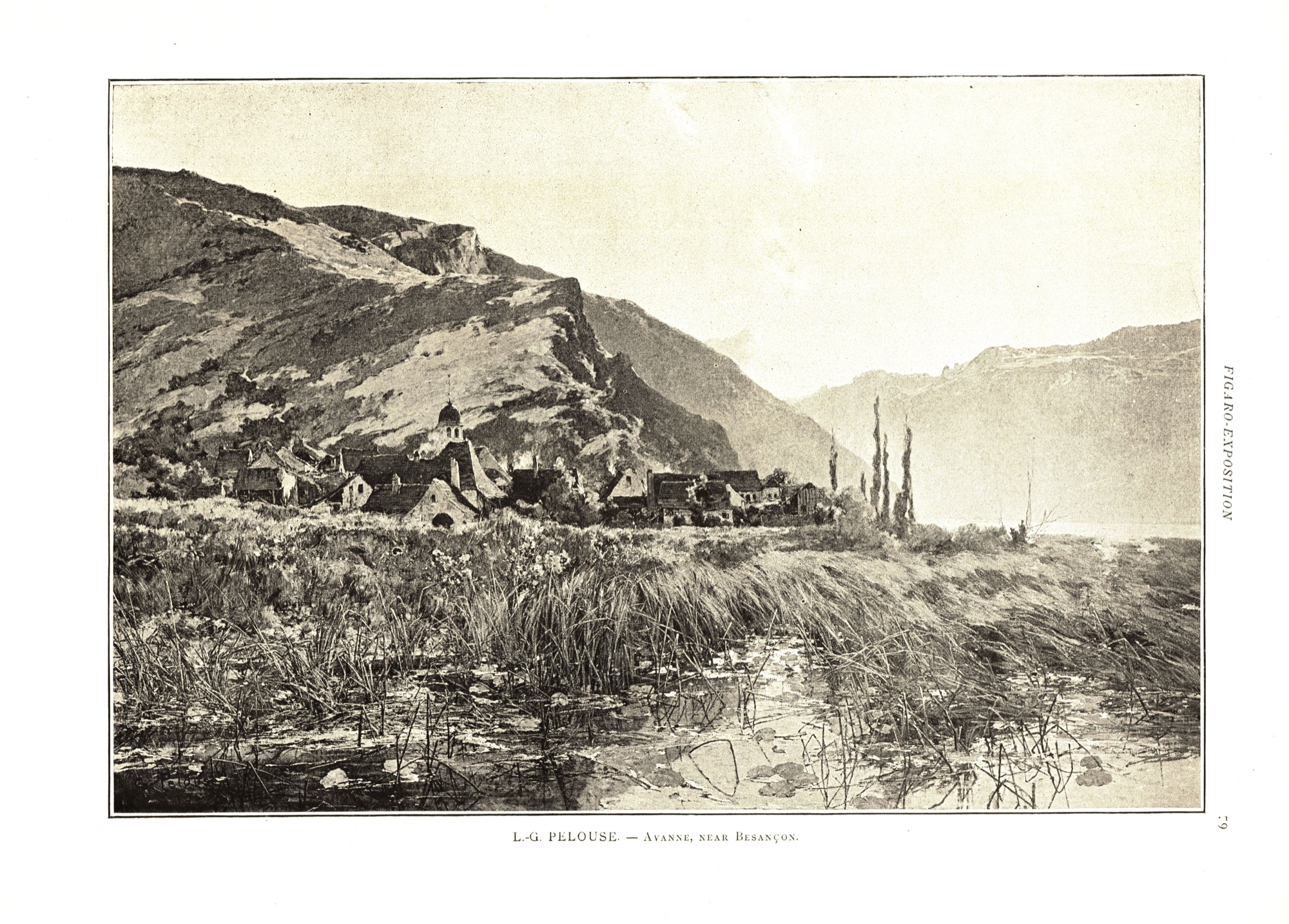
|
||||||||||||||||||||||||
| Figaro Exposition Year 1899 Page: 80 | |||||||||||||||||||||||||||||
| The Fine Arts Exhibition By Philippe Gille | |||||||||||||||||||||||||||||
|
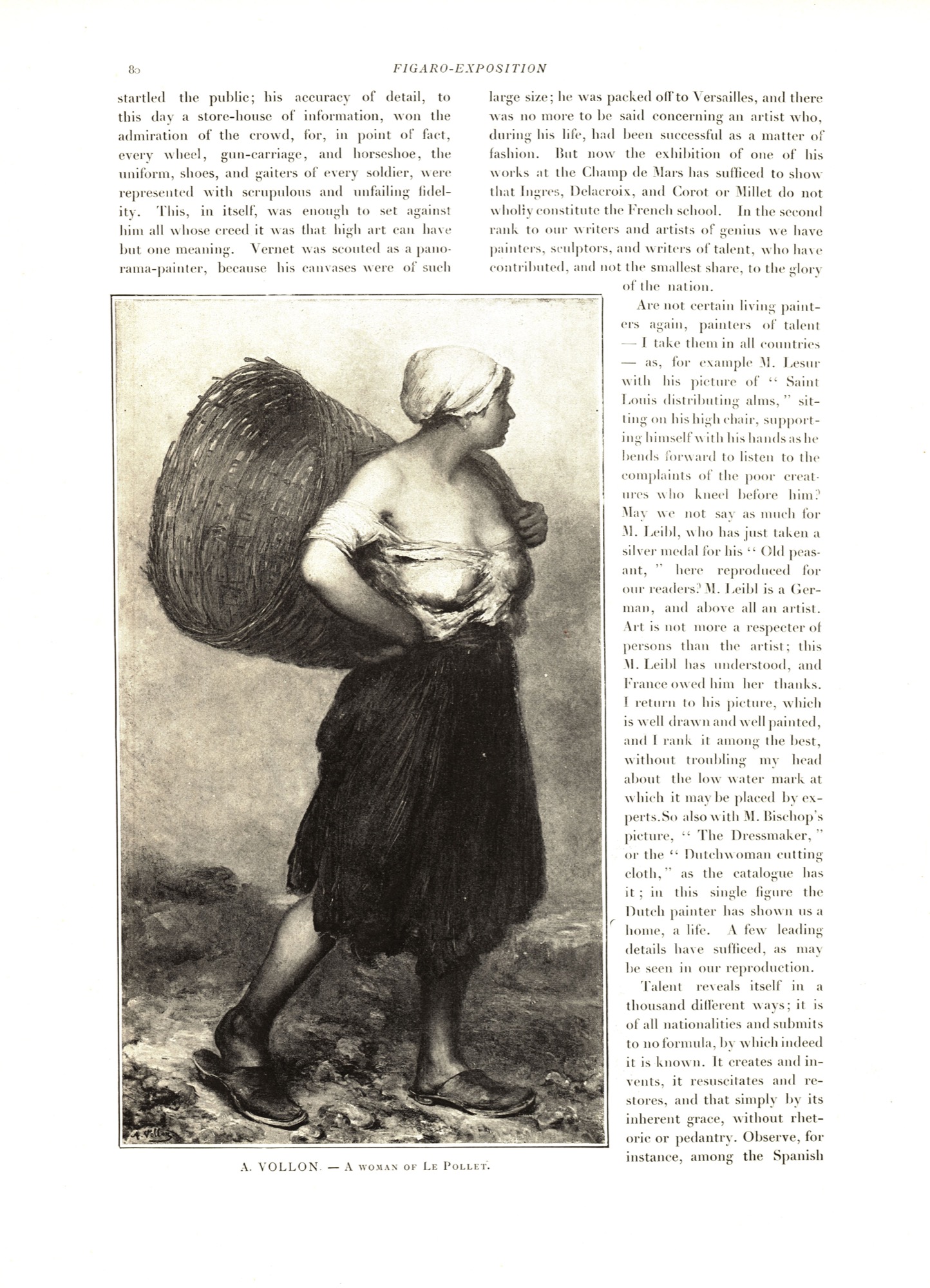
|
|
|||||||||||||||||||||||||||
| Figaro Exposition Year 1899 Page: 81 | |||||||||||||||||||||||||||||
| The Fine Arts Exhibition By Philippe Gille | |||||||||||||||||||||||||||||
|
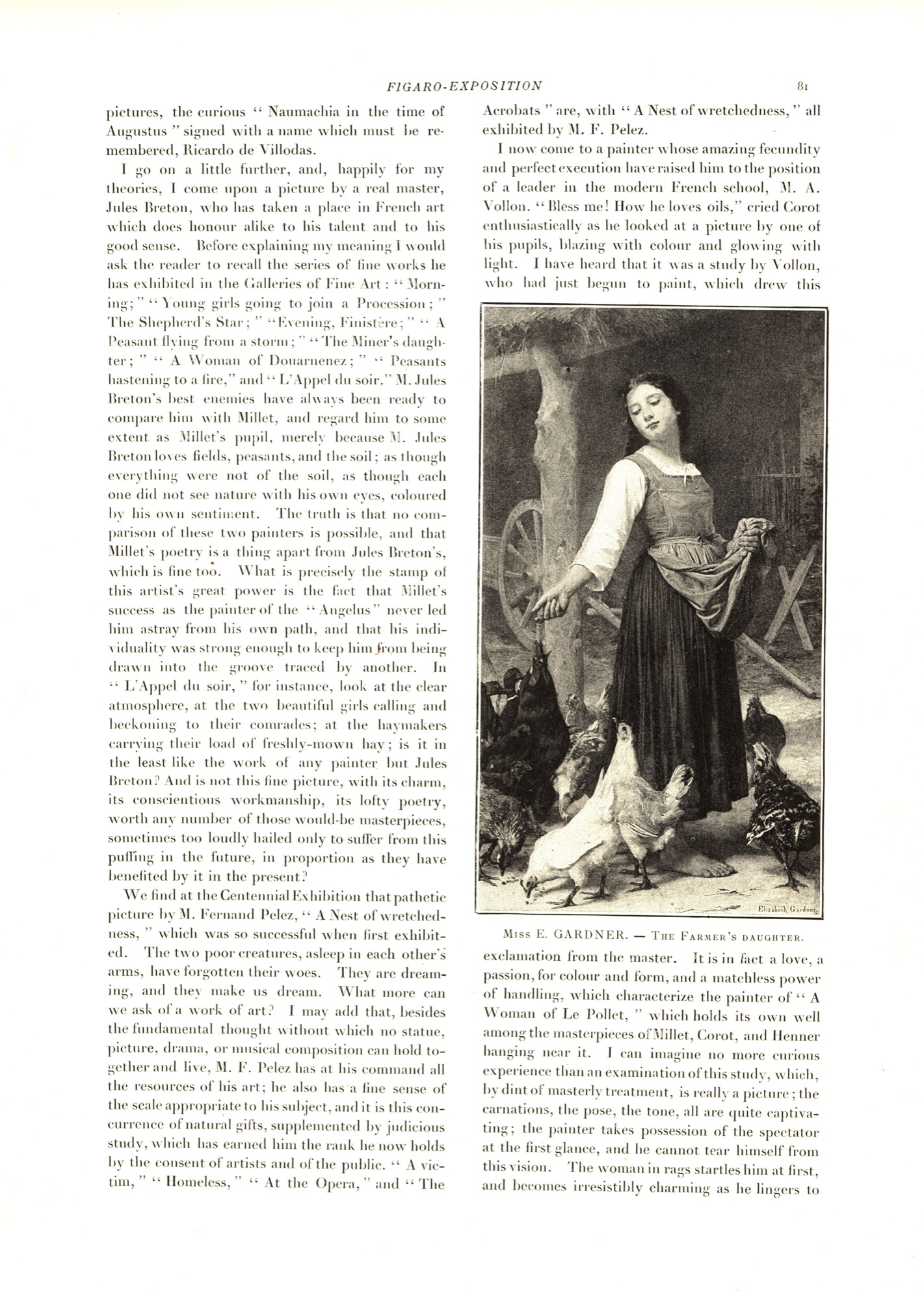
|
|
|||||||||||||||||||||||||||
| Figaro Exposition Year 1899 Page: 82 | ||||||||||||||||||||||||||
| The Fine Arts Exhibition By Philippe Gille | ||||||||||||||||||||||||||
|
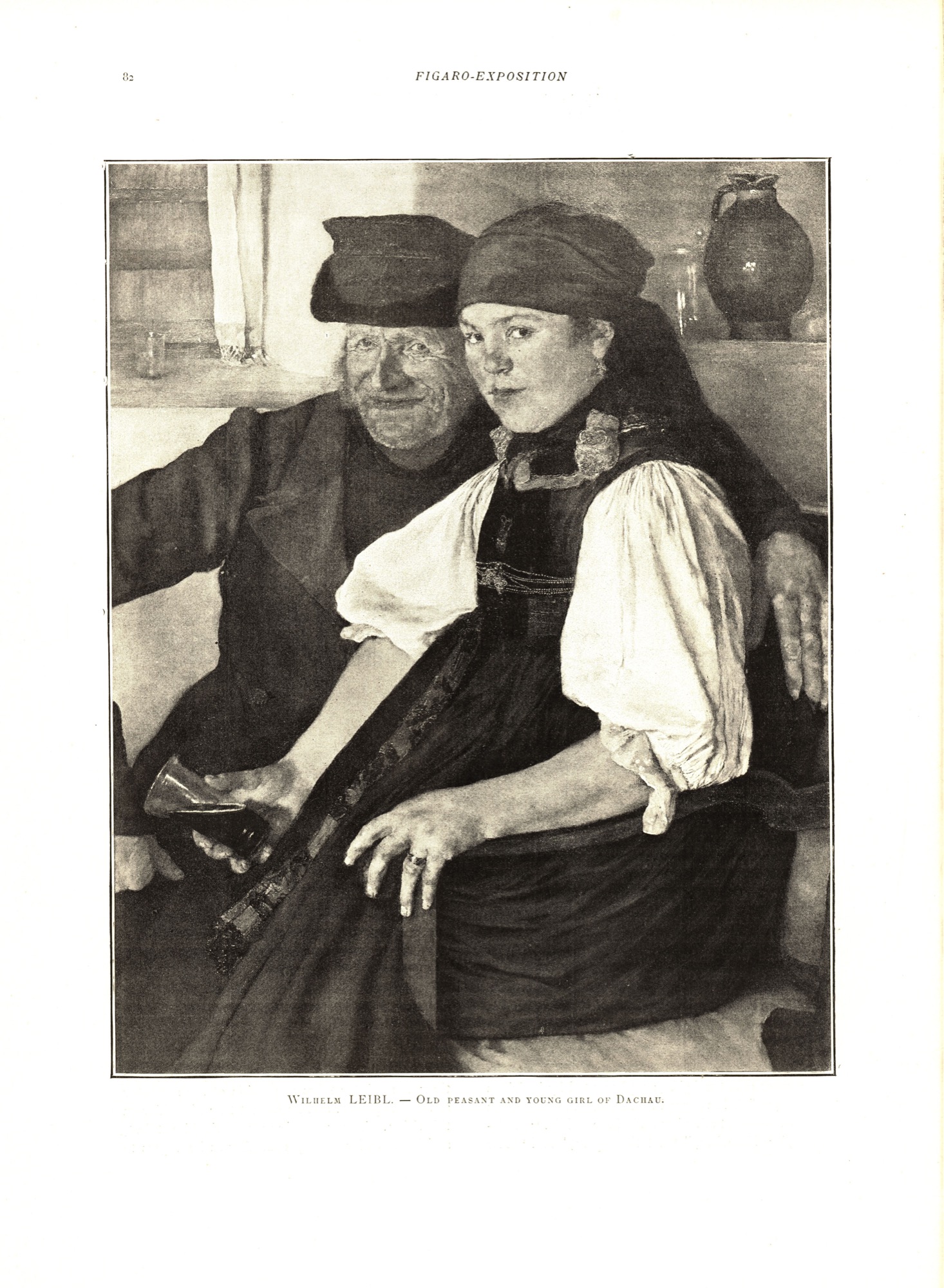
|
|
||||||||||||||||||||||||
| Figaro Exposition Year 1899 Page: 83 | ||||||||||||||||||||||||||||||||
| The Fine Arts Exhibition By Philippe Gille | ||||||||||||||||||||||||||||||||
|
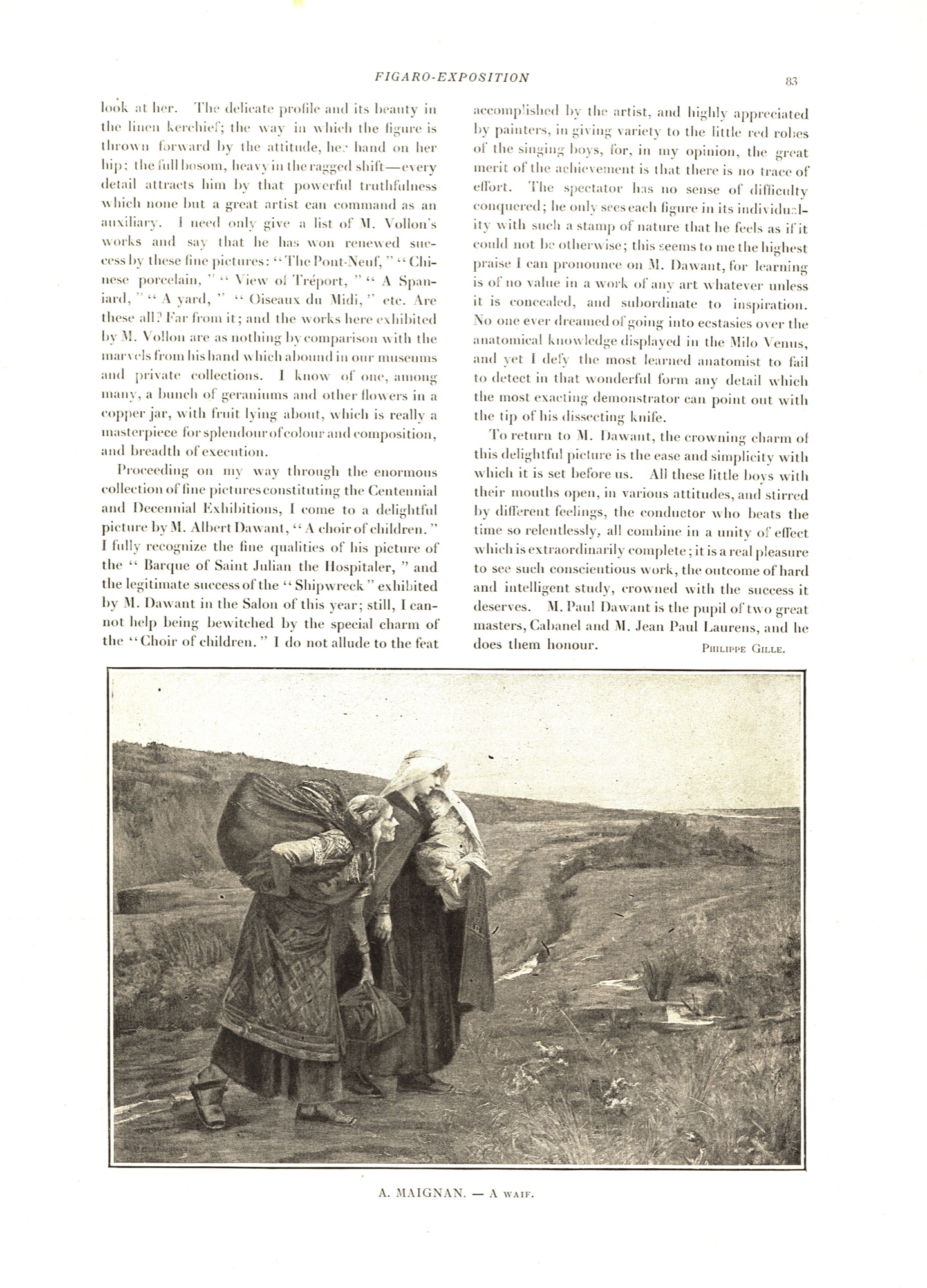
|
|
||||||||||||||||||||||||||||||






